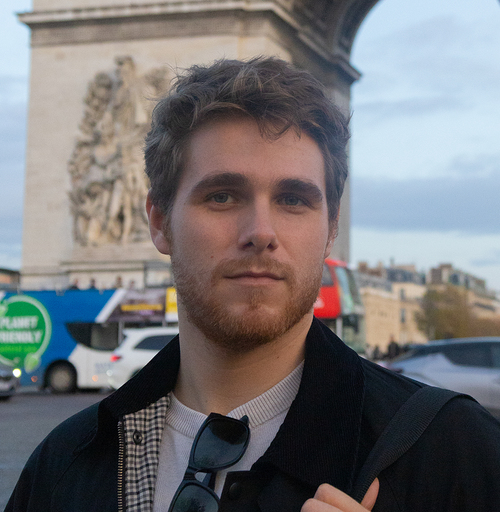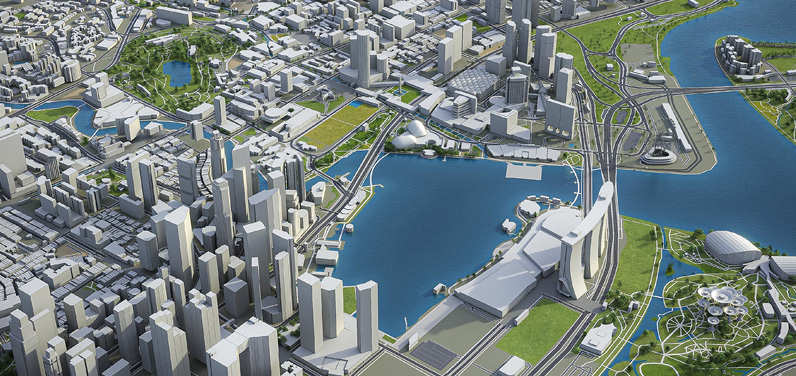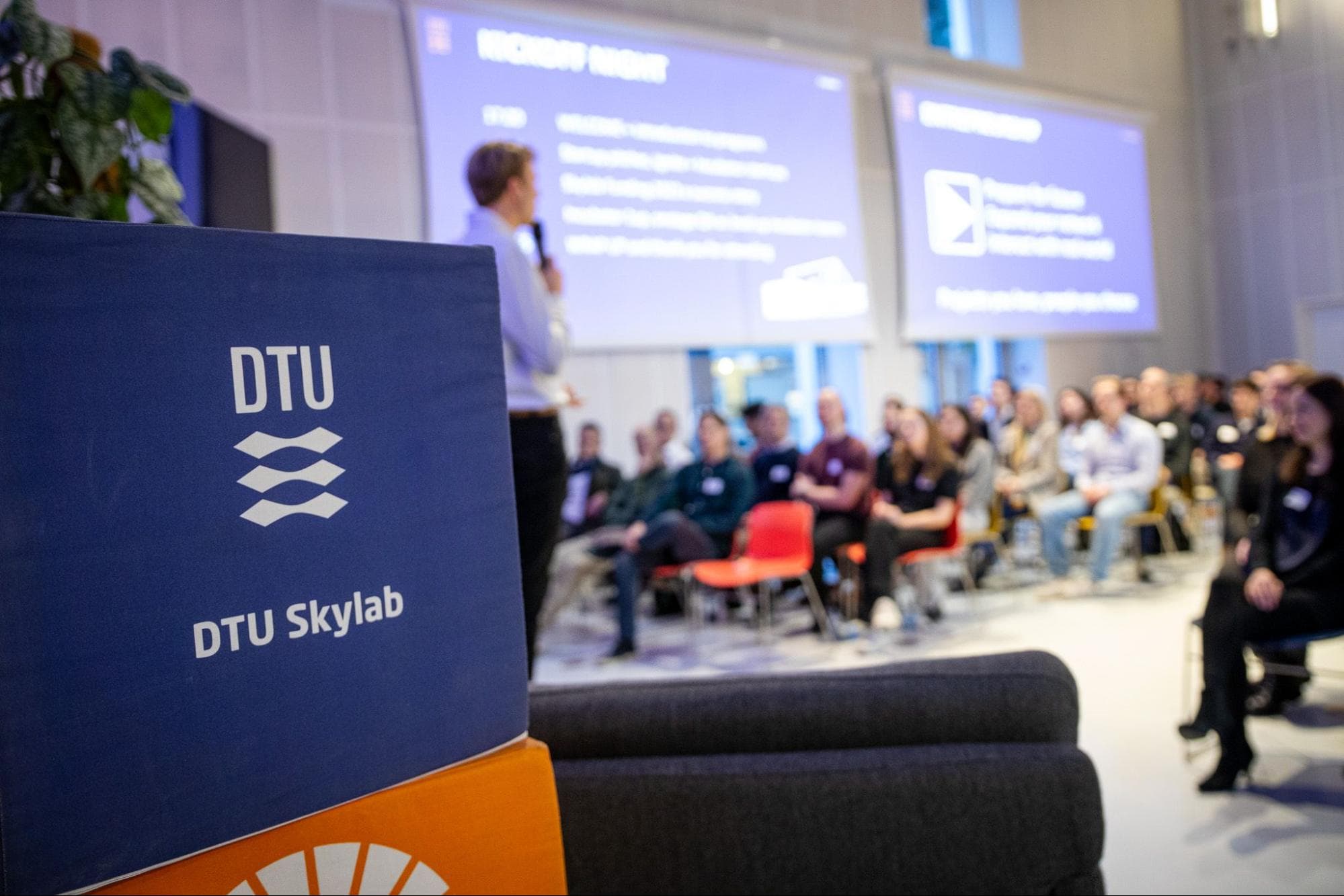How Singapore Became the World’s First Super-Smart City


Singapore’s Leap into the Future: The Digital Twin That Changed Everything
Imagine a city where every street, every building, and every traffic light is part of an intelligent network, constantly learning and optimizing itself. That’s not some far-off utopia—it’s Singapore today, thanks to its groundbreaking use of digital twin technology.
In 2014, Singapore made a bold decision that set it apart from the rest of the world: it would become a Smart Island, not just a Smart City. This transformation involved creating a virtual replica of the entire nation—a digital twin that would become the backbone of its urban planning and management. The result? A city that anticipates problems, responds in real-time, and continually improves itself.
Imagine a young professional who benefits from shorter commutes thanks to optimized public transport routes, or an elderly resident who feels safer because emergency services can respond faster by predicting where issues might arise. This is the human side of Singapore’s digital twin—a technology that is enhancing everyday life.
For city planners and decision-makers, Singapore’s journey offers a roadmap for the future. Digital twins aren’t just a tool—they represent a fundamental shift in how cities can operate, manage resources, and plan for the future. This is the starting point for any city that wants to become truly smart.
Meet Your City’s Digital Doppelgänger: The Technology Behind the Smartest Cities
What if you could see an exact, real-time replica of your city on a screen—a virtual world that mirrors every building, every road, and every tree in precise detail? That’s the power of a digital twin.
A digital twin is a detailed, dynamic model of a city or system that can be used to monitor, manage, and improve everything in that environment. For Singapore, this means a complete digital version of the entire island, created with the help of advanced technology.
Imagine being able to see how a new building project will affect traffic before construction even starts, or knowing in advance when a certain area of the city might experience a power shortage so you can fix it before it happens. That’s what a digital twin allows you to do. It takes the guesswork out of city management by providing real-time insights that lead to better, faster decisions.
With a digital twin, you’re not just relying on old data or rough estimates. You get real-time information that shows you exactly what’s happening in your city at any given moment. This means you can react quickly to issues or even prevent them from happening in the first place. All the different parts of the city—like transportation, energy, and housing—are connected in the digital twin. This unified view helps you understand how changes in one area might affect others, allowing for more holistic planning.
By simulating different scenarios within the digital twin, you can test ideas and identify potential problems before they occur. This approach saves time and money on planning while reducing the risk of costly mistakes.
Virtual Singapore: The $70 Million Digital Masterpiece That’s Changing Urban Life
Virtual Singapore is more than just a digital model; it is the world’s first digital twin of an entire country, designed to revolutionize urban planning, disaster management, and environmental monitoring. This ambitious project, initiated after severe flooding in 2012, underscores Singapore’s commitment to leveraging cutting-edge technology to solve real-world problems.
The development of Virtual Singapore began in earnest in 2012, when the need for better urban planning and land use management became apparent. Collaborating with Bentley Systems, the Singapore Land Authority (SLA) used advanced technologies such as laser scanning and aerial imagery to create a highly detailed 3D model of the city-state. Officially launched in December 2014 and completed in 2022, this digital twin now serves as the cornerstone of Singapore’s Smart Nation initiative.
Virtual Singapore offers several key features that make it indispensable:
-
3D Mapping and Visualization: Virtual Singapore provides a comprehensive 3D representation of the city, allowing urban planners and architects to visualize and simulate various urban scenarios. This capability is crucial for assessing the potential impacts of proposed developments on the urban environment.
-
Disaster Management: The digital twin plays a vital role in disaster resilience planning. By enabling simulations of various disaster scenarios—such as floods and pandemics—it helps authorities refine emergency response strategies and enhance the city's resilience.
-
Environmental Monitoring: Virtual Singapore supports real-time environmental monitoring, facilitating the analysis of factors such as urban heat islands and the impact of vegetation on temperature regulation. This is particularly important for developing strategies to mitigate climate change effects, especially in a low-lying island nation like Singapore.
-
Urban Heat Management: As part of the Cooling Singapore 2.0 project, a specific digital twin called the Digital Urban Climate Twin was developed to assess urban heat and explore cooling strategies. This initiative aims to address the urban heat problem through simulations and scenario testing.
-
Integrated Data Management: The digital twin serves as a centralized platform for various government agencies, allowing for the integration of disparate data sources into a cohesive model. This "capture once, use by many" approach reduces redundancy and enhances data accuracy across urban planning efforts.
The implications of Virtual Singapore extend beyond immediate urban management. It lays the foundation for creating a larger interconnected virtual world, potentially contributing to the development of the metaverse. Furthermore, the digital twin's capabilities are being leveraged to support renewable energy initiatives, such as crafting a roadmap for solar energy deployment by 2030. Singapore’s digital twin has already made a significant impact. The SLA has saved over SGD 25 million by using this technology to create more accurate and efficient road maps, reducing planning time and costs. Additionally, the ability to simulate disaster scenarios means that emergency services can be better prepared and respond faster, potentially saving lives. Virtual Singapore has saved millions in planning costs and reduced the time needed to implement new infrastructure projects. The ability to simulate different scenarios and outcomes has made Singapore more efficient and resilient. But perhaps the most remarkable aspect of Virtual Singapore is its openness. Unlike many initiatives where information is tightly controlled, this digital twin is accessible to government agencies, the private sector, academia, and even the public. This collaborative platform is a breeding ground for innovation—a sandbox where new ideas can be tested, refined, and shared. The insights gained here could prevent costly urban planning mistakes, not just in Singapore, but worldwide.

From Smart Cities to Super Cities: How the World is Following Singapore’s Lead
Singapore has set the gold standard for smart cities, but the race is on as other global cities scramble to build their own digital twins. The question is: who will be next to join the ranks of the super-intelligent?
Around the world, cities are taking note of Singapore’s success and are beginning to develop their own digital twins. From New York to Dubai, urban planners are recognizing the potential of this technology to revolutionize city management. The ability to predict, simulate, and optimize every aspect of urban life is no longer a luxury—it’s a necessity for cities that want to stay competitive in the 21st century.
Cities like New York and Dubai are increasingly looking to Singapore’s successful implementation of digital twin technology as a model for their own urban development projects. In New York, the Hudson Yards project stands out as a pioneering effort, integrating digital twin technology to manage and optimize its complex infrastructure. This project, one of the largest private developments in New York's history, aims to create a highly connected, resilient urban environment that uses real-time data to monitor and enhance everything from energy efficiency to public services. Additionally, Columbia University is spearheading another ambitious digital twin initiative for New York City, focusing on optimizing traffic flows and improving safety across the city using advanced sensing data and machine learning techniques.
In Dubai, the "Smart Dubai" initiative has taken digital twin technology even further. The city is working on a comprehensive digital twin of Dubai that integrates 2D and 3D maps of all its assets, including infrastructure, landmarks, and public services. This initiative is part of a broader push to transition into the metaverse, with the "One Human Reality" project aiming to create a human-centered digital version of Dubai. This futuristic endeavor is set to enhance urban planning, improve operational efficiencies, and even provide residents with a new way to engage with their city.
For global city leaders, the message is clear: digital twins are the future of urban planning. But adopting this technology isn’t just about following trends—it’s about building the infrastructure, IoT networks, and data standards necessary to make it work. Cities that succeed in this transformation will not only improve their efficiency and sustainability but will also enhance the quality of life for their citizens. As generative AI begins to integrate with digital twins, the potential for these systems to learn and adapt will make them even more powerful. The future isn’t just about smart cities—it’s about super cities.
Conclusion
Singapore’s journey from a smart city to a smart island is a testament to the power of digital twins. This technology is not just about creating a more efficient city; it’s about reimagining what cities can be. For city decision-makers, the future of urban living depends on embracing digital twin technology and preparing for the next wave of innovation with generative AI.
Ready to take your city to the next level? Start by adopting Fireraven, the virtual municipal assistant powered by generative AI. Whether you’re managing a small town or a sprawling metropolis, Fireraven can help you turn your city into a high-tech, forward-thinking powerhouse. Don’t wait for the future—create it today..
More news
We are excited to announce that Fireraven has secured a strategic investment from Front Row Ventures to advance ethical AI solutions!
We're thrilled to announce that Fireraven has joined the prestigious Next AI incubator!
We are thrilled to announce that Fireraven has joined Skylab Incubator, a hub of innovation and creativity at the heart of Denmark's dynamic startup scene.


